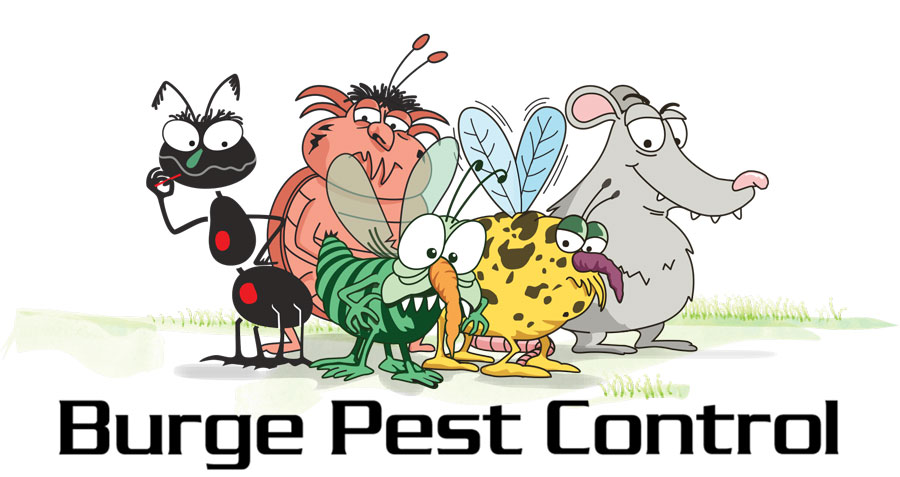Follow Us x
Mice travel over their entire territory daily, investigating each change or new object that may be placed there. They have poor vision, so their activity patterns rely heavily on smell, taste, touch, and hearing. Mice will use their long sensitive whiskers near the nose and hairs on the body as tactile sensors, allowing them to travel in the dark, adjacent to walls inside burrows.
Mice also have an excellent sense of balance, enabling them to walk along telephone wires, ropes and similar thin objects. They are excellent jumpers, capable of leaping at least 12" vertically and can rebound off of a vertical surface, using it as a spring board to gain additional height. They can run up almost any vertical surface; wood, brick, weathered sheet metal, cables, etc. and can easily travel for a considerable distance hanging upside down.
Although they are good swimmers, mice tend to take to water only if left with no other alternative. Mice are basically nocturnal in nature.
Breeding Habits
House mice breed throughout the year and can become pregnant within 48 hours of producing a litter. There are usually about 6 mice to a litter and females may produce as many as ten litters (about 50 young) per year. It takes 18 to 21 days for gestation, and 35 days for a mouse to mature. Most mice live anywhere from 15 to 18 months.
Nesting Habits
They make their nests out of the same types of soft materials as rats, and as many as 3 females may use the same nest. They commonly nest in insulation in attics, also in stoves and under refrigerators. Mice do not travel far from their nest, about 12 to 20 feet.
Feeding Habits
Mice normally feed 15 to 20 times per day and will eat pretty much anything a human will eat. They prefer cereal or seed, but will also gnaw through insulation or wires, sheet rock, storage boxes, etc. They are nibblers which means they will do small amounts of damage to many food items in the "home range", rather than doing extensive damage to a single item. They have two main feeding periods, at dusk and just before dawn. They have to consume about 10% to 15% of their body weight every 24 hours and require extremely small amounts of water.
Disease & Sanitation Factors
Mice droppings sometimes are confused with droppings from the larger species of roaches, such as the American roach. They are smooth with pointed ends, and are 1/8th to 1/4 inch long. In six months, one pair of mice can eat about 4 pounds of food and during that period produce some 18,000 fecal droppings.
Deer mice are a primary vector of hantaviral infections which cause hemorrhagic fevers.
Mice may infect food with their droppings transmitting such organisms as salmonella and the microscopic eggs of tapeworms.
Mice transmit disease in a number of ways including biting, infecting human food with their droppings or urine, indirectly via the dog or cat and bloodsucking insects.
Our Treatment
Good sanitation is essential for effective long term control. Since they can enter any opening larger than 1/4", it makes it virtually impossible to completely mouse-proof a building.
The control of mice can be widely varied, depending on the individual situation. It may range from physically altering the conditions allowing the infestation, such as covering holes, filling cracks, etc. to baiting or trapping.
Your Burge Pest Control technician will determine the best means of control for your home or business.


